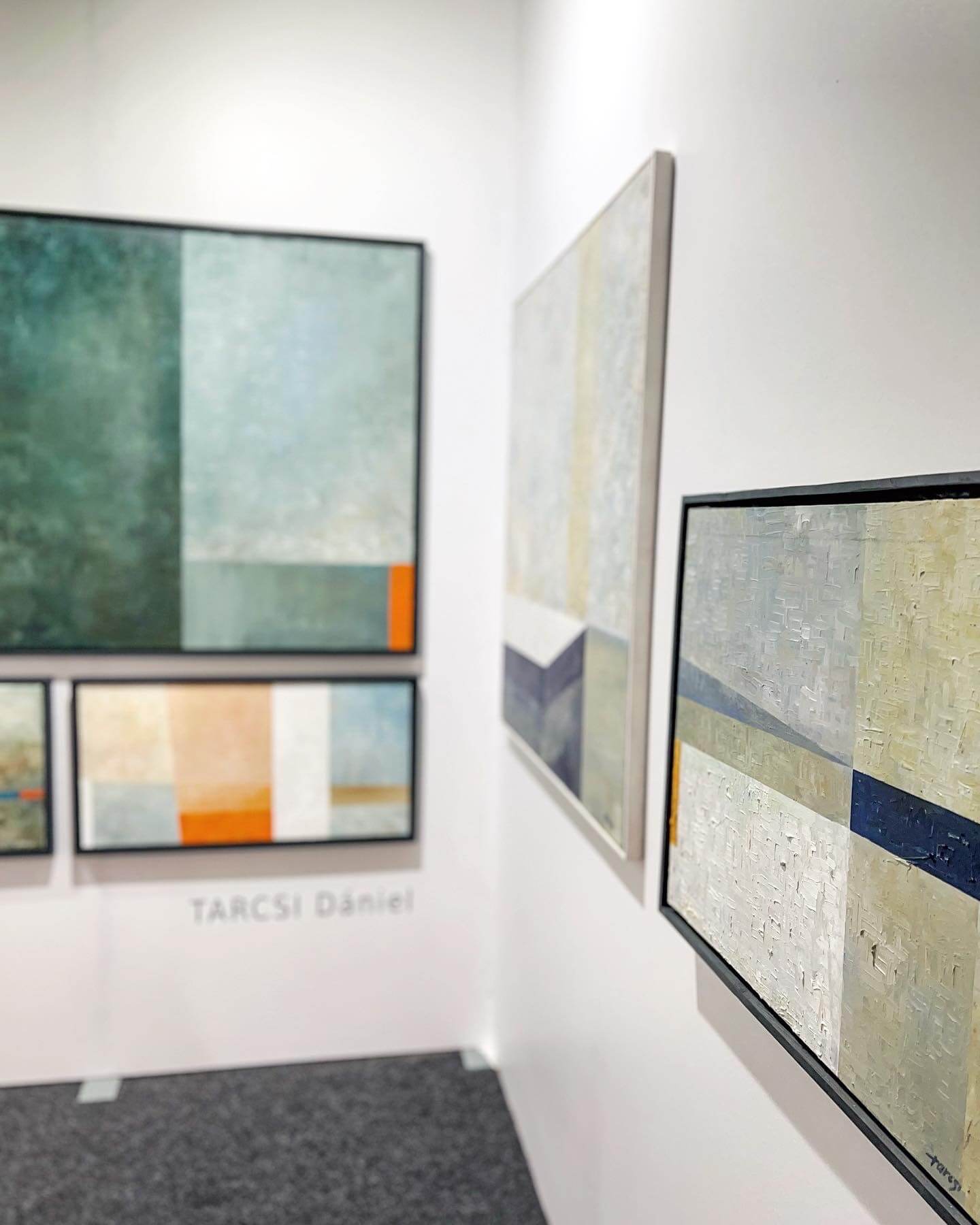Glass has an important role in our everyday lives and we often use it during designing -even if it is only a glass door or the nowadays more and more often used glass furniture. 2022 is the year of glass which was highlighted at the exhibition as well, so we would also like to talk about the pieces that touched our hearts.
Bernadett Hegyvari’s 3D pieces have the signs of the duality of picture and statue which the game of up and down strengthens and this also strengthens and enriches uncertainty and lets the viewer process both versions. Although glass is one of the main products of applied art, she creates statues and other 3D pieces. Her sculptures challenge our sights, as some things hide while others fall out of the picture. This is an exciting game with sharp lights, the polished and polarised glass.
There was Kyra Laszlo amongst the Kiskep Gallery’s glass artists, who enchanted us at first sight. Graphic effects help the illusion of a special spacious visuality in Her glass plastics, where the examination of differences and similarities and the duality of power and emotions have an important role. She works with monochrome colours, so her plastics become alive with lights, its mood changes because of the lights- this is how she shows the variegation of glass.

